Direct hit: Jenny Holzer’s ’Softer Targets’ opens at Hauser & Wirth Somerset
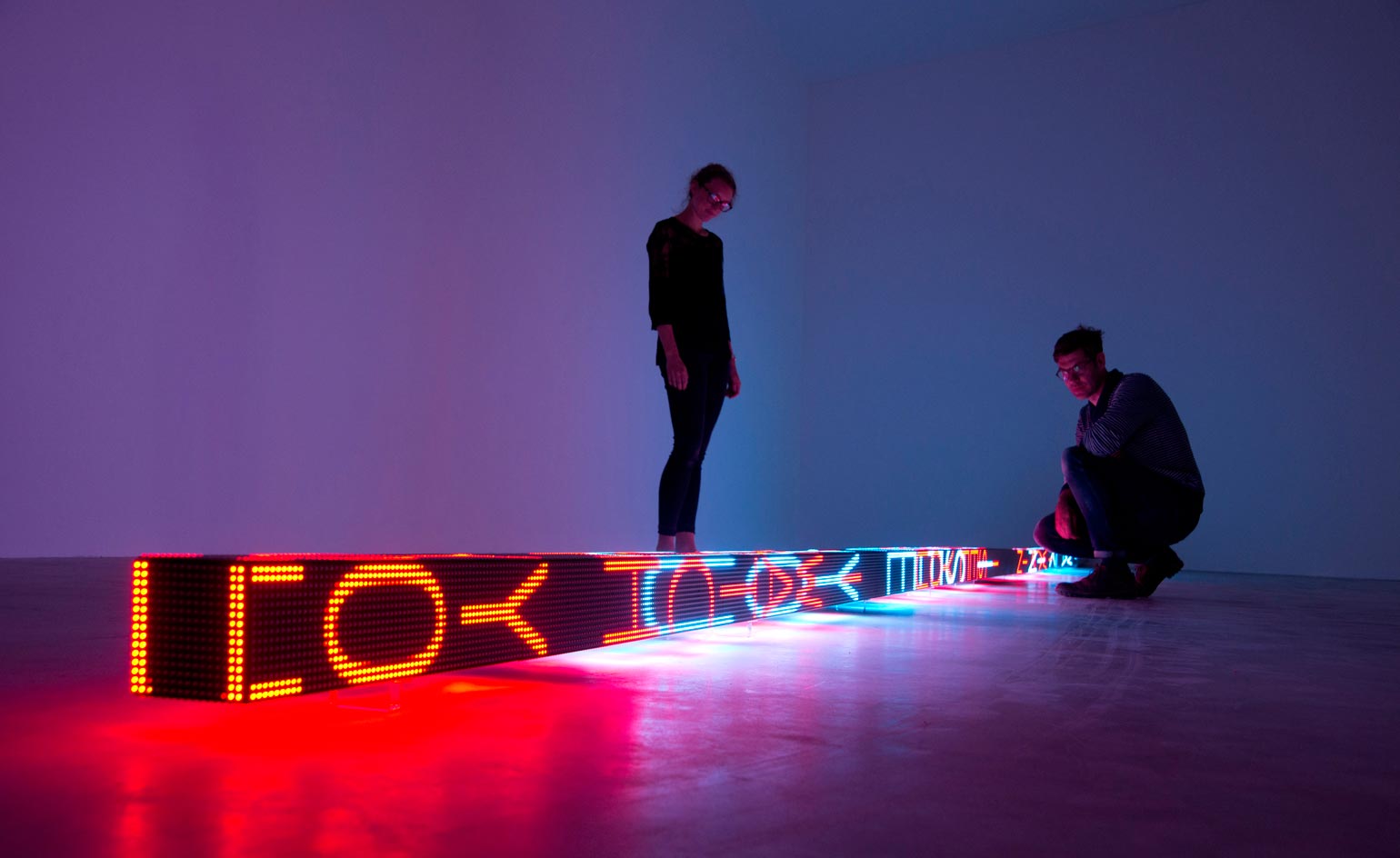
Even in the colossal threshing barn, the first room we enter in Hauser & Wirth's year-old gallery in Bruton, Somerset, Jenny Holzer's new 2.5m LED ticker Move is a commanding presence, able to stand on its own. Or rather hang, vertically; its text rising up to the vaulted ceiling in a rhythm controlled, via sensors, by the movements of visitors.
It's mesmerising, not least because its 'thoughts' are extracted from wartime documents declassified by the US government in response to Freedom of Information requests. To read Move in its entirety would take most of the day, but even ten minutes will get you in the gut. It is the flagship installation in a mini-retrospective that encompasses her Truisms of the 1970s and 80s; her 1994 Lustmord Table from the height of conflict in the former Yugoslavia; and new paintings that faithfully and painfully transcribe declassified documents.
Holzer's work speaks volumes, to twist the cliche. So loaded is it with the power to bewilder and infuriate, it is, perhaps, unsurprising that the artist herself would offer so few words as commentary. What more could she have to say?
Present and amenable at the recent launch of 'Softer Targets', Holzer nonetheless spoke sparingly. Her positioning of Move, dangling downward at the centre of the 18th-century barn, was 'possibly Freudian'. As we proceed to the next gallery, lit naturally from unusually tall windows, she expands on how useful it was to handle the primary source material, gathered over weeks at the National Archives in Washington DC.
'These documents were written in the moment, by people who were not thinking anyone might be reading it one day,' says Holzer. 'It's not just one person's filter – they were reacting to orders and decisions made by others.'
Here are the new paintings, hand-traced from victims' own script, testimonials of 'very sad and very brave things'. One is taken from a woman clearly suffering from mental illness, another from an Afghan prisoner whose brother died in custody. An earlier series reproduces heavily redacted memos – one of which leaves just a single word uncensored: 'waterboard'. 'You wonder if the people tasked with redacting the text were playing around,' says Holzer. If 'waterboard' was the least damning word in the memo, what's been blacked out? Or was leaving it exposing a red herring?
In the Rhoades Gallery, a 12m LED post called Floor butts up against the wall, its cascade of text – extracts from the artist's best known works – seemingly sucked into and spat out by the adjacent wall. It directs us outside, where one-line Truisms from Holzer's early career are carved into a collection of granite benches. 'As a child I thought the art world would be much improved if there was just more seating,' says Holzer.
Nearby, Louise Bourgeois' Spider perches in the full summer grass, leading the eye to the big sky, providing solace. Out here, the inevitable lump in the throat begins to ease. Feelings of peace and freedom pervade the country air. 'It's kind of great having the spider on guard,' says Holzer.
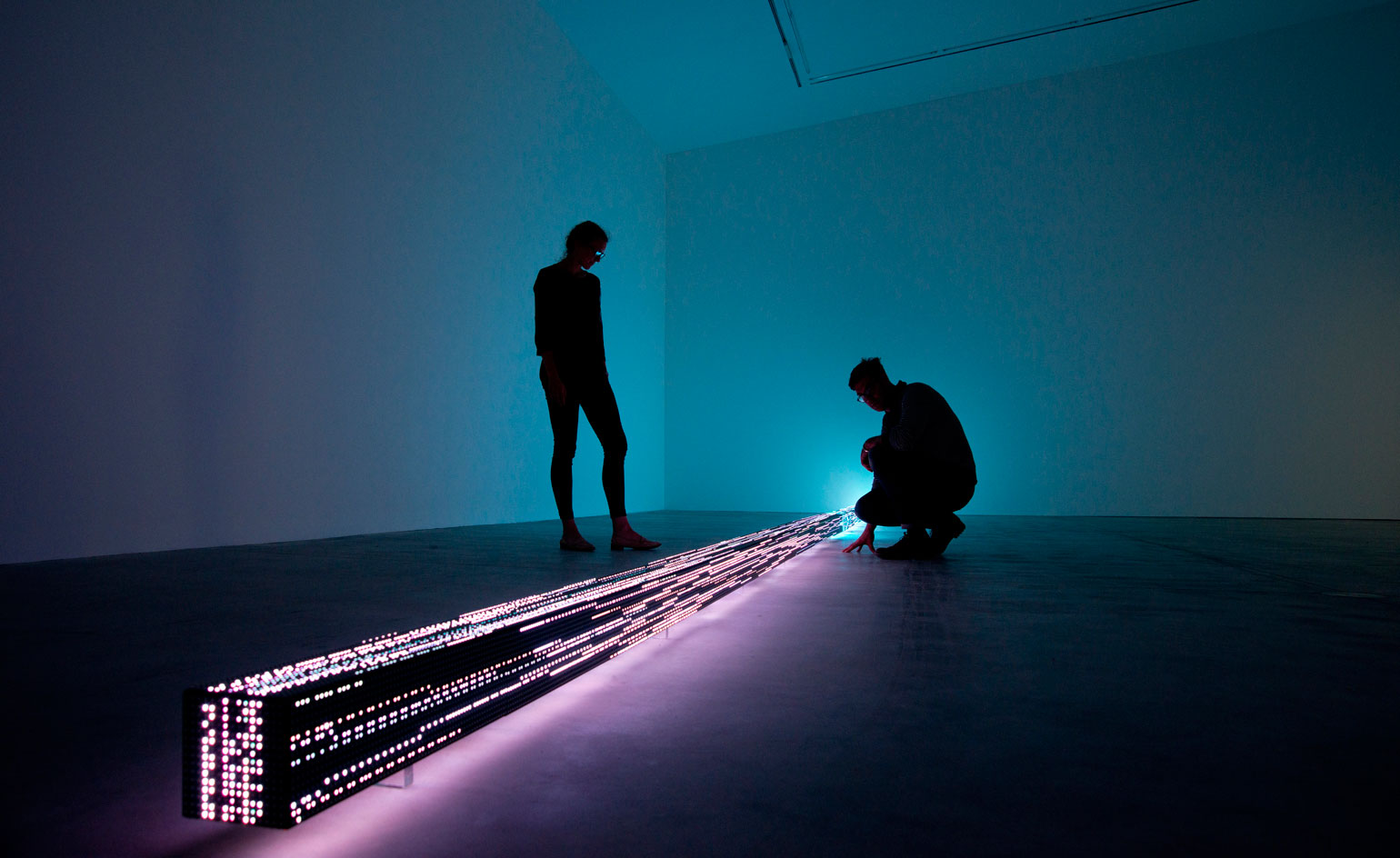
The exhibition is currently on show at Hauser & Wirth's Somerset outpost – it will run until 1 November
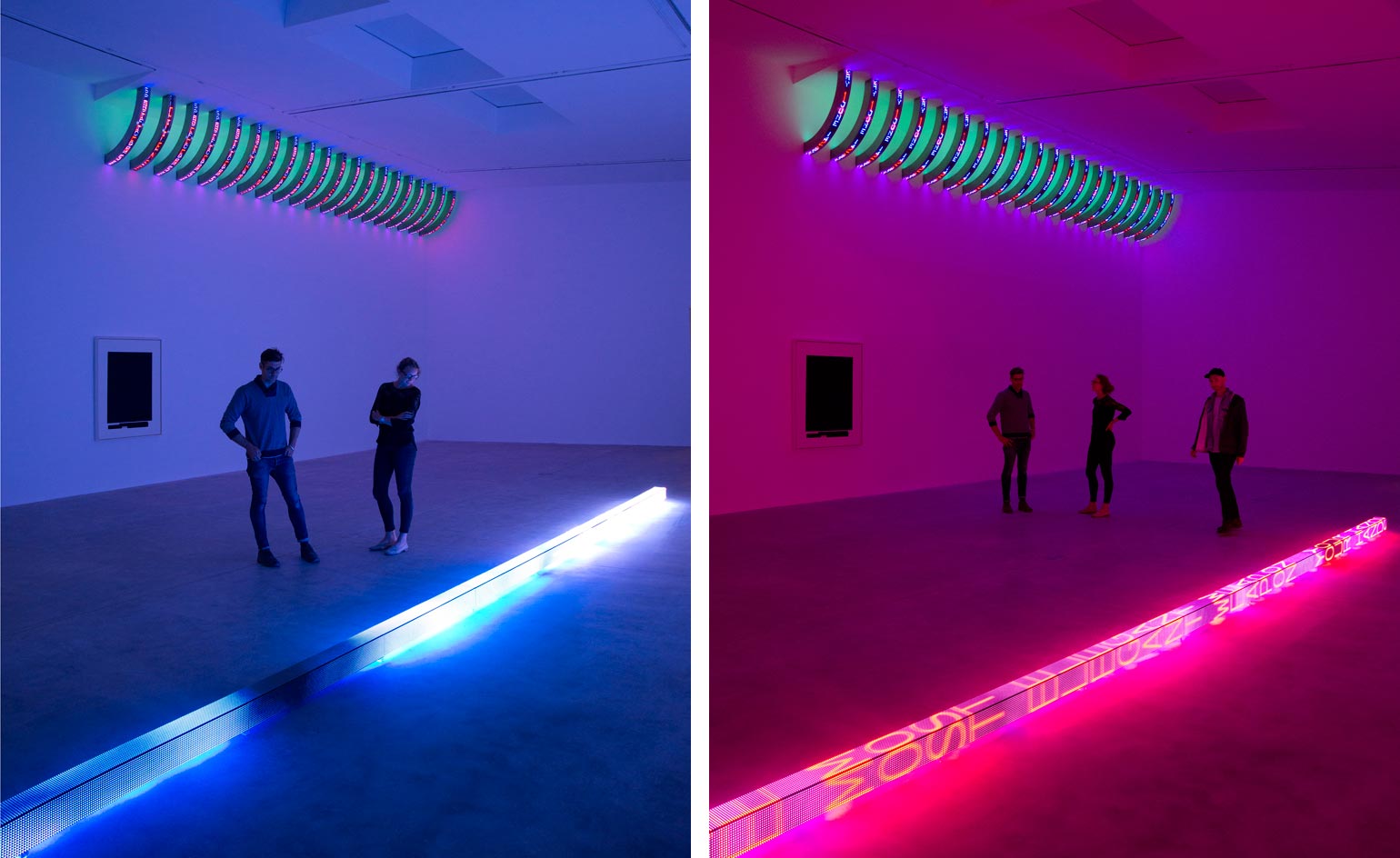
In Floor, extracts from the artist's best known works are seemingly sucked into and spat out by the adjacent wall
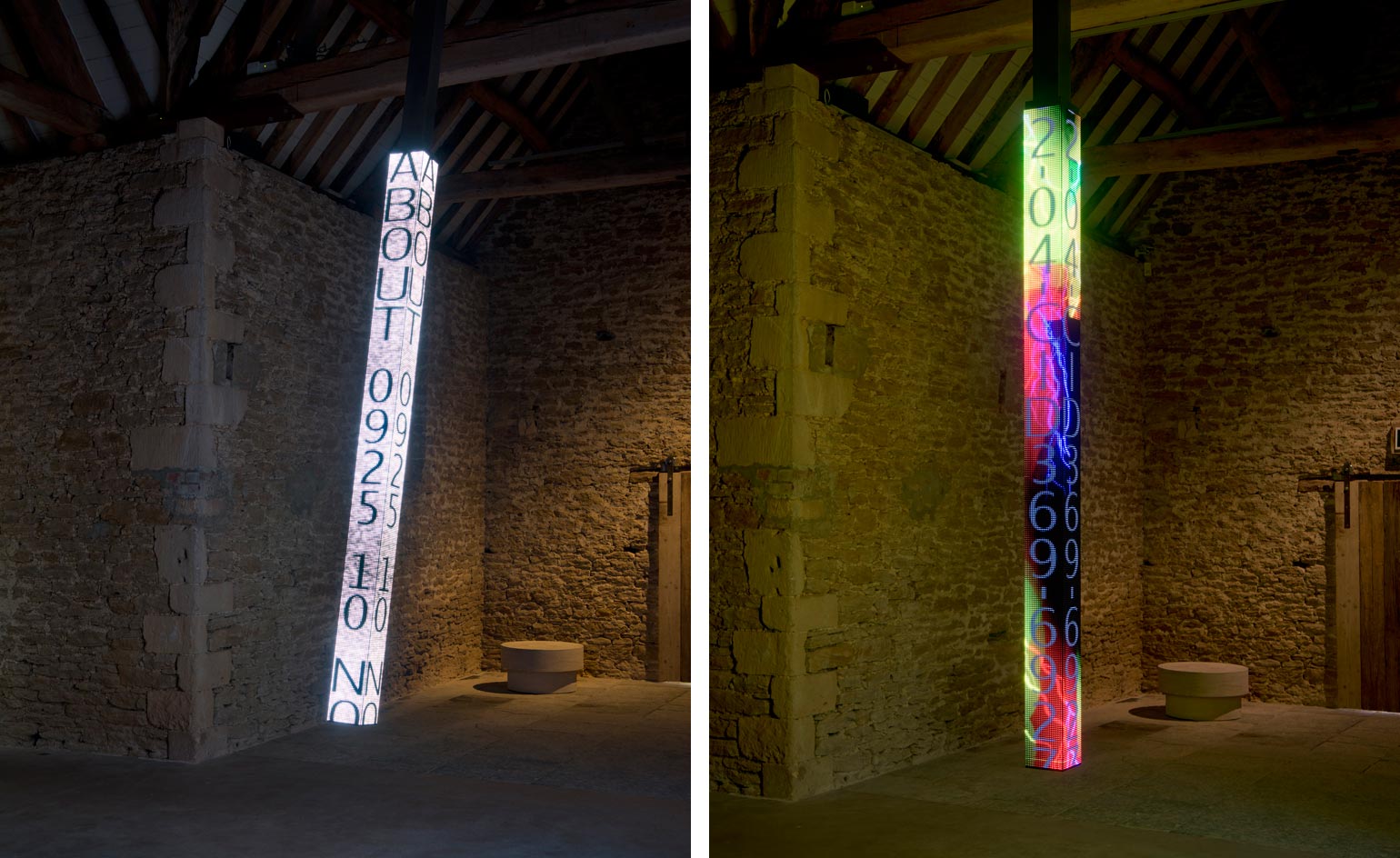
Move, 2014, display reams of text from declassified and other sensitive US documents, including text drawn from censored US Army Criminal Investigation Reports
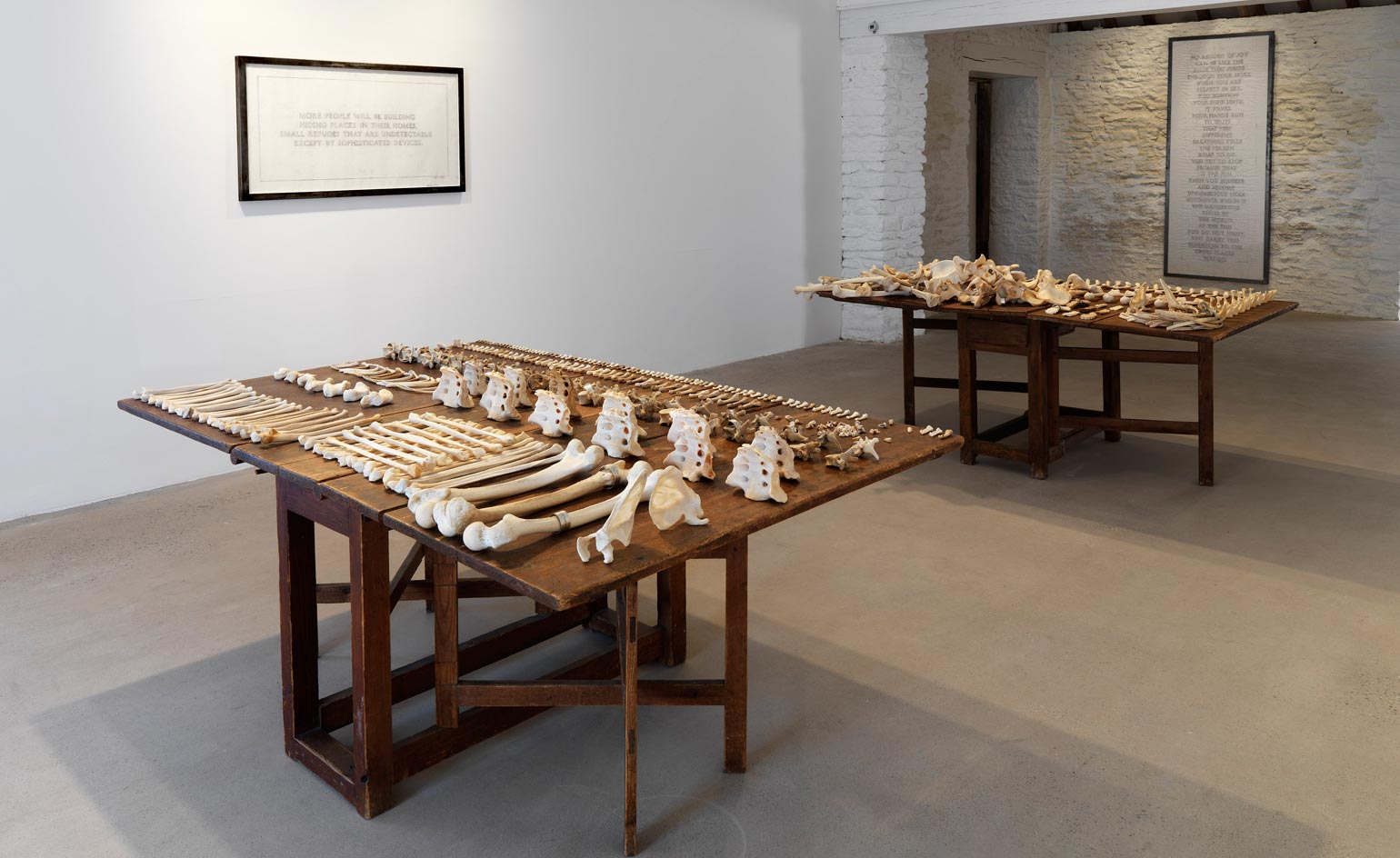
1994's Lustmord Table documents the height of the conflict in former Yugoslavia
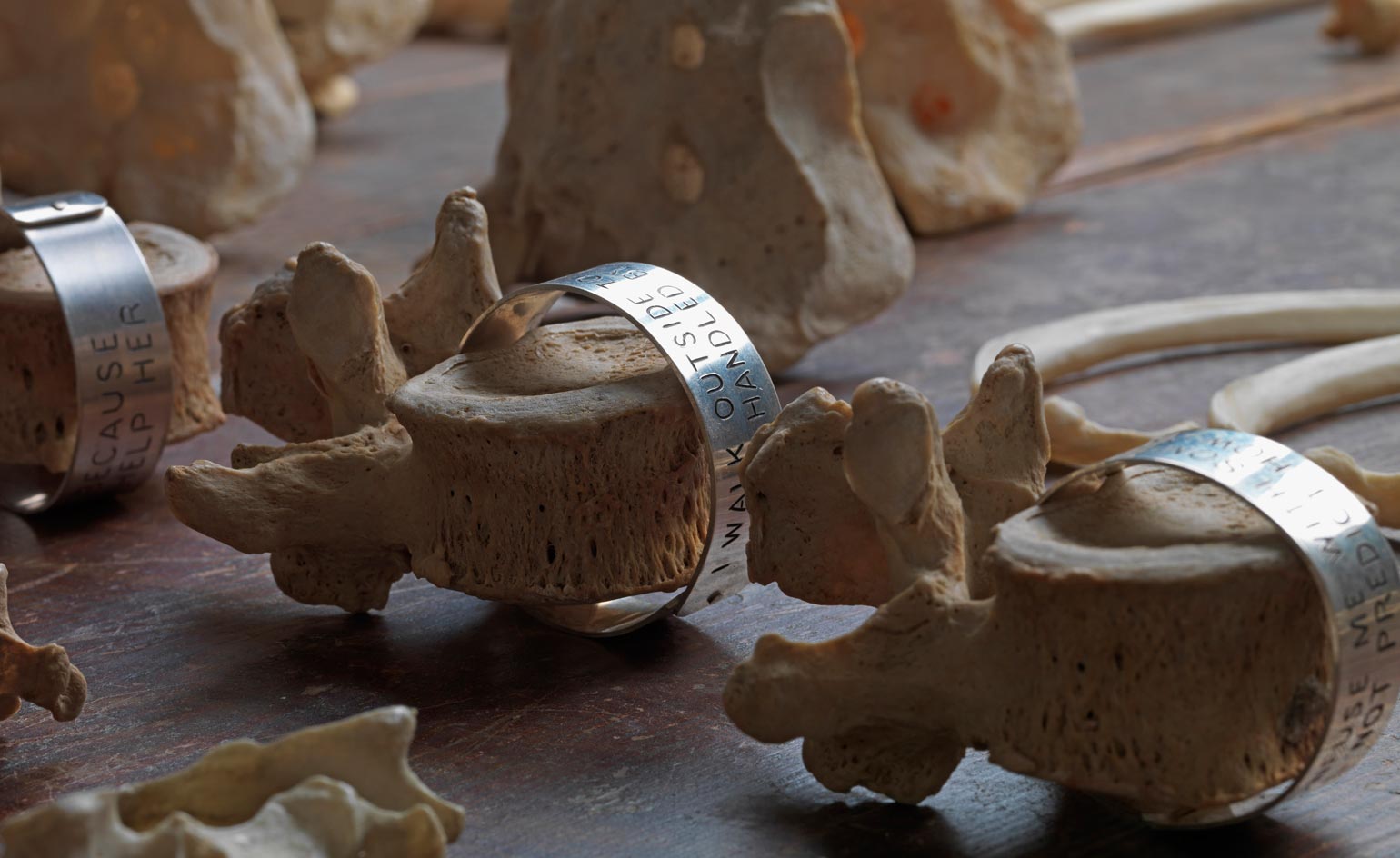
The work's 55 sentences are the imagined voices of the perpetrator, the victim and the observer of war crimes
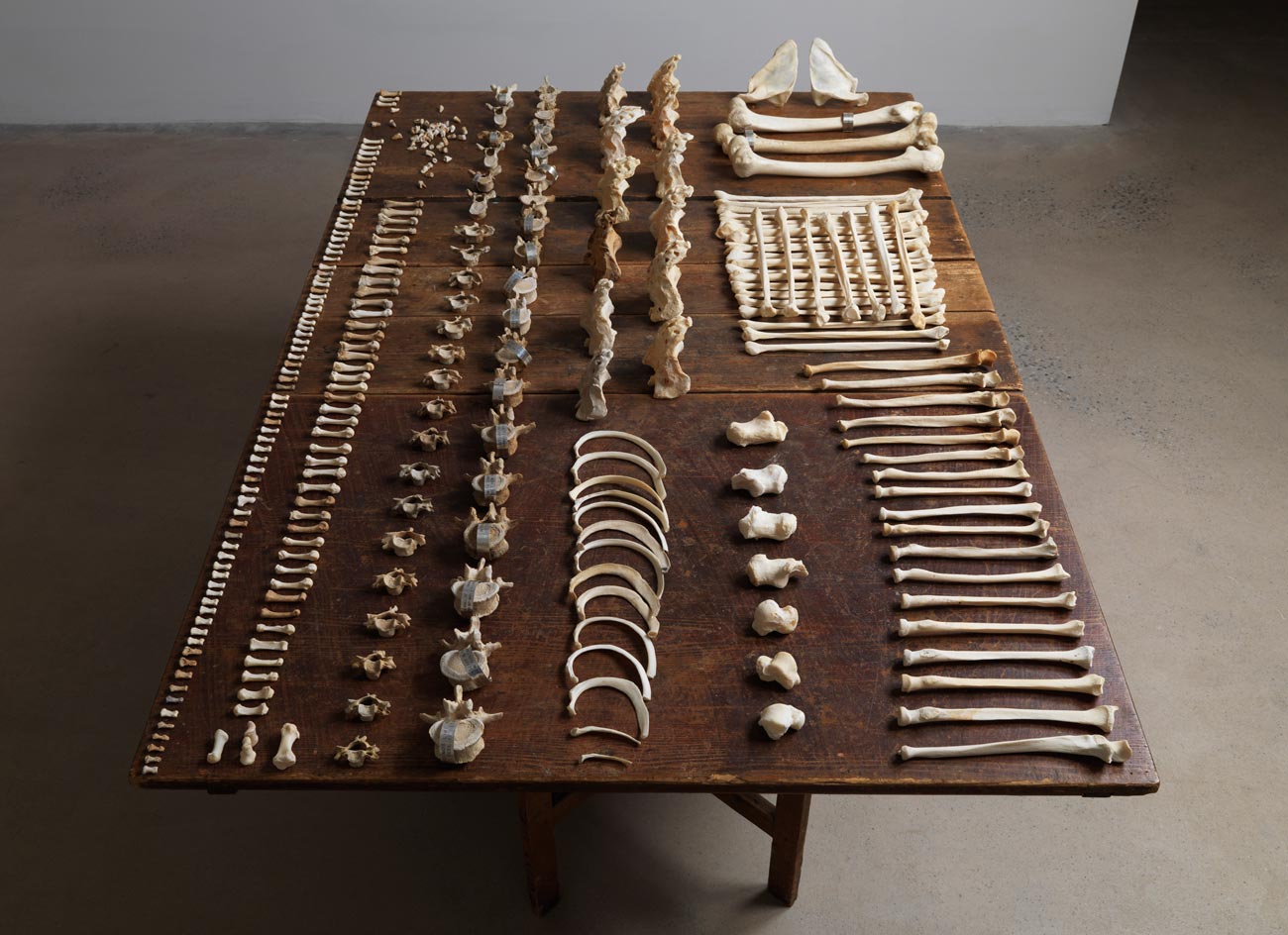
he German word 'Lustmord' means a murder committed for sexual pleasure – the use of real body parts is a reminder that people were hurt in ways that transcended the physical
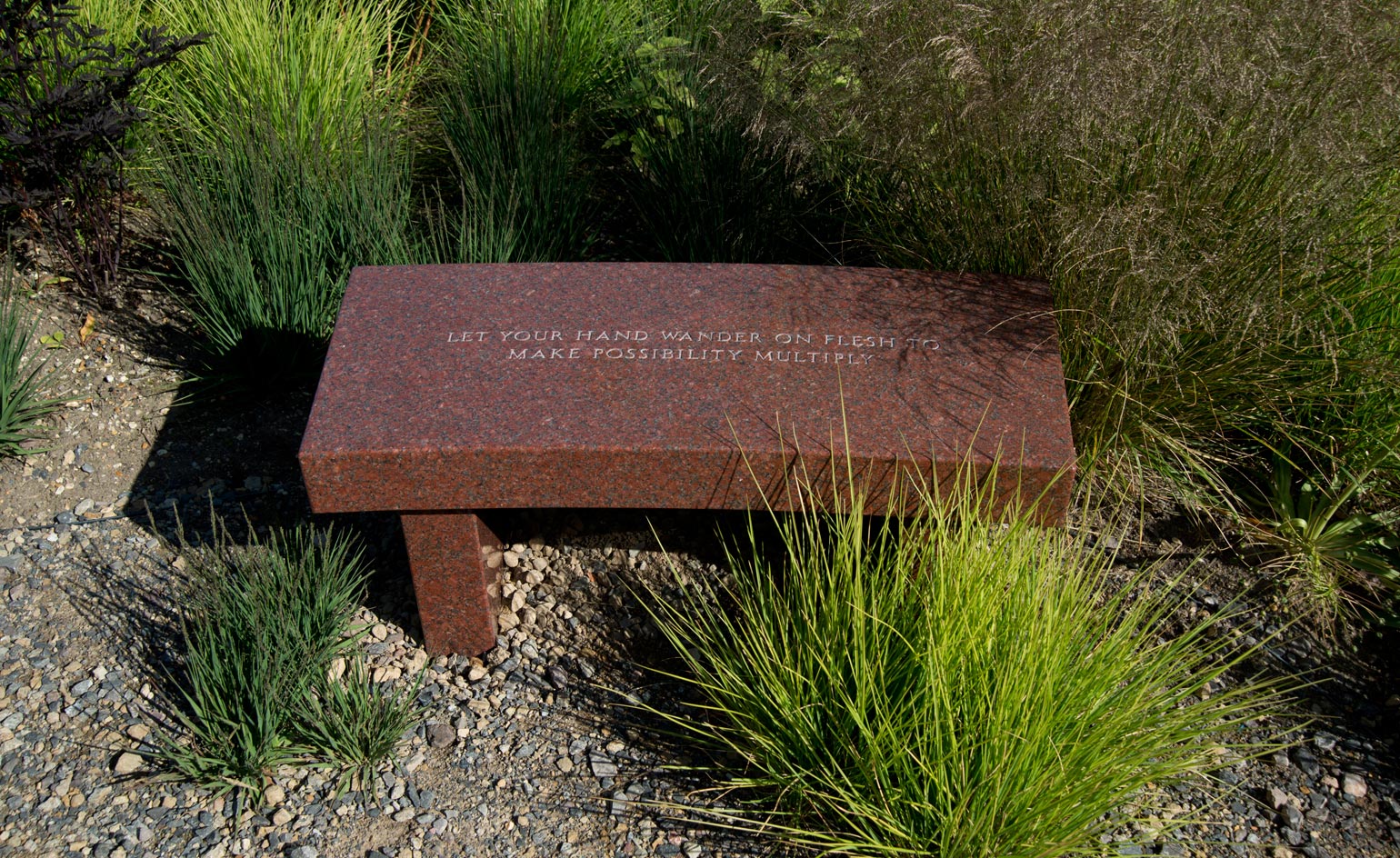
One-line Truisms from Holzer's earlier career are carved into a collection of granite benches outside of the main space
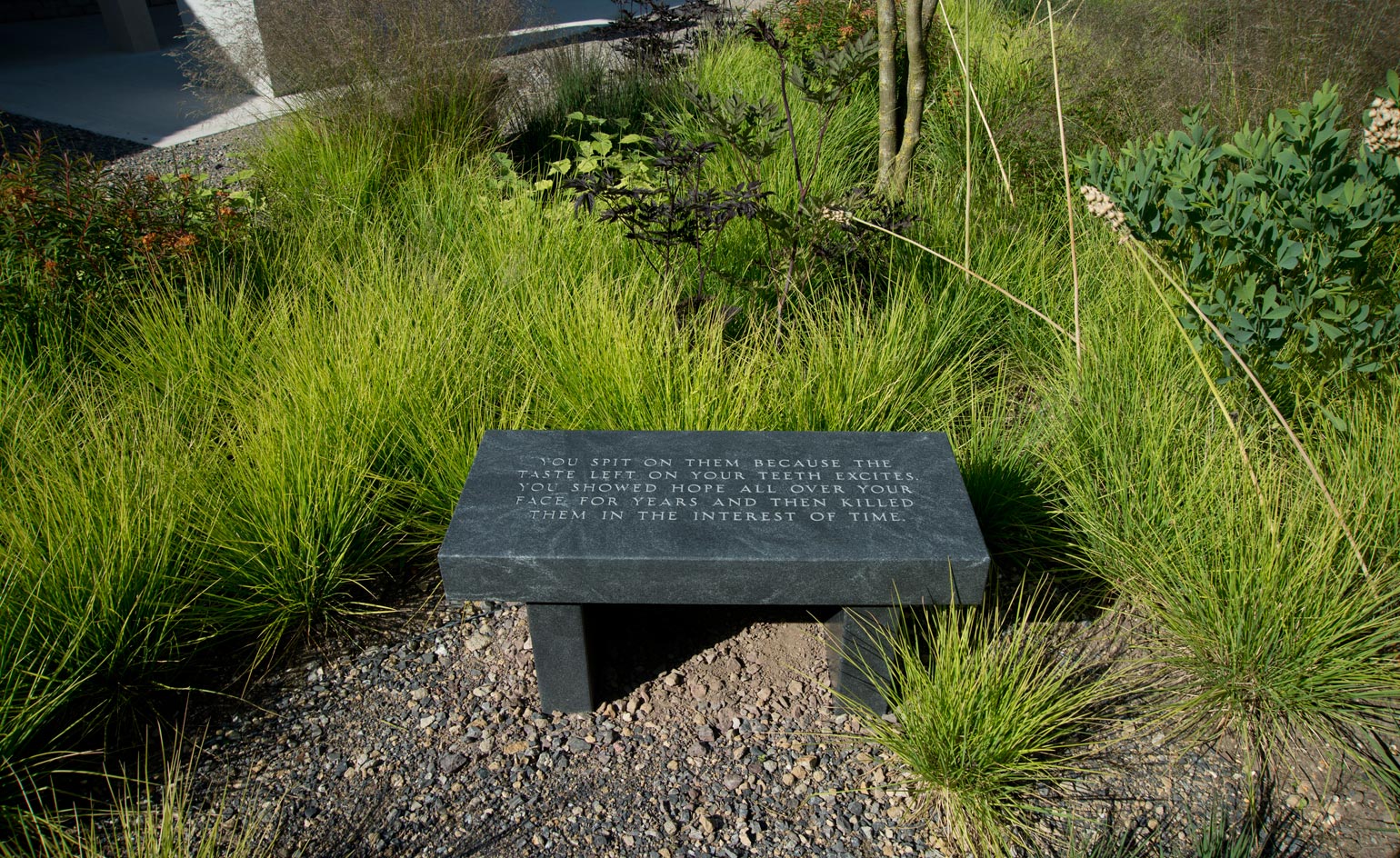
The benches provide the visitor with a sense of the diverse media that Holzer has employed throughout her career
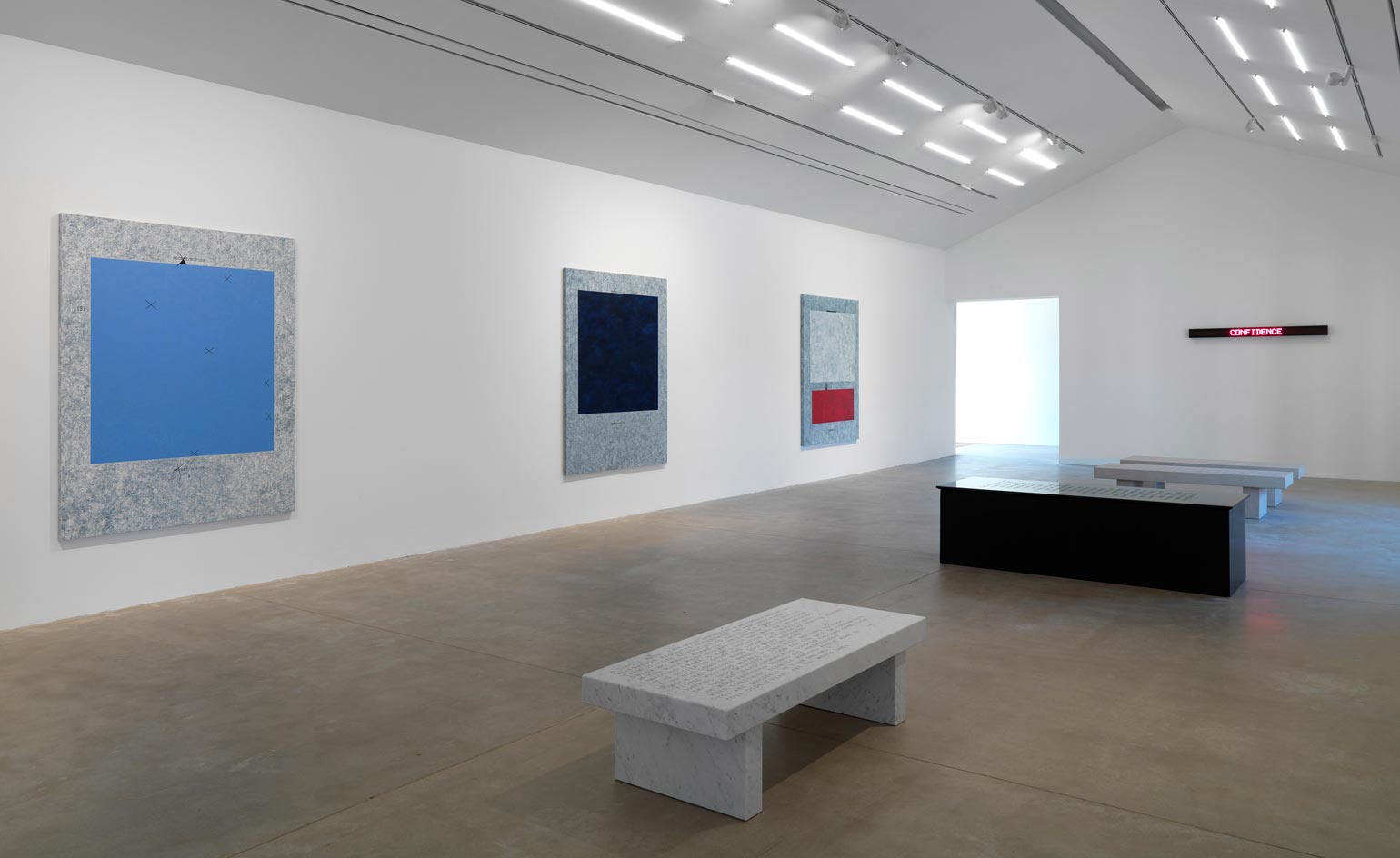
'As a child I thought the art world would be much improved if there was just more seating,' says Holzer
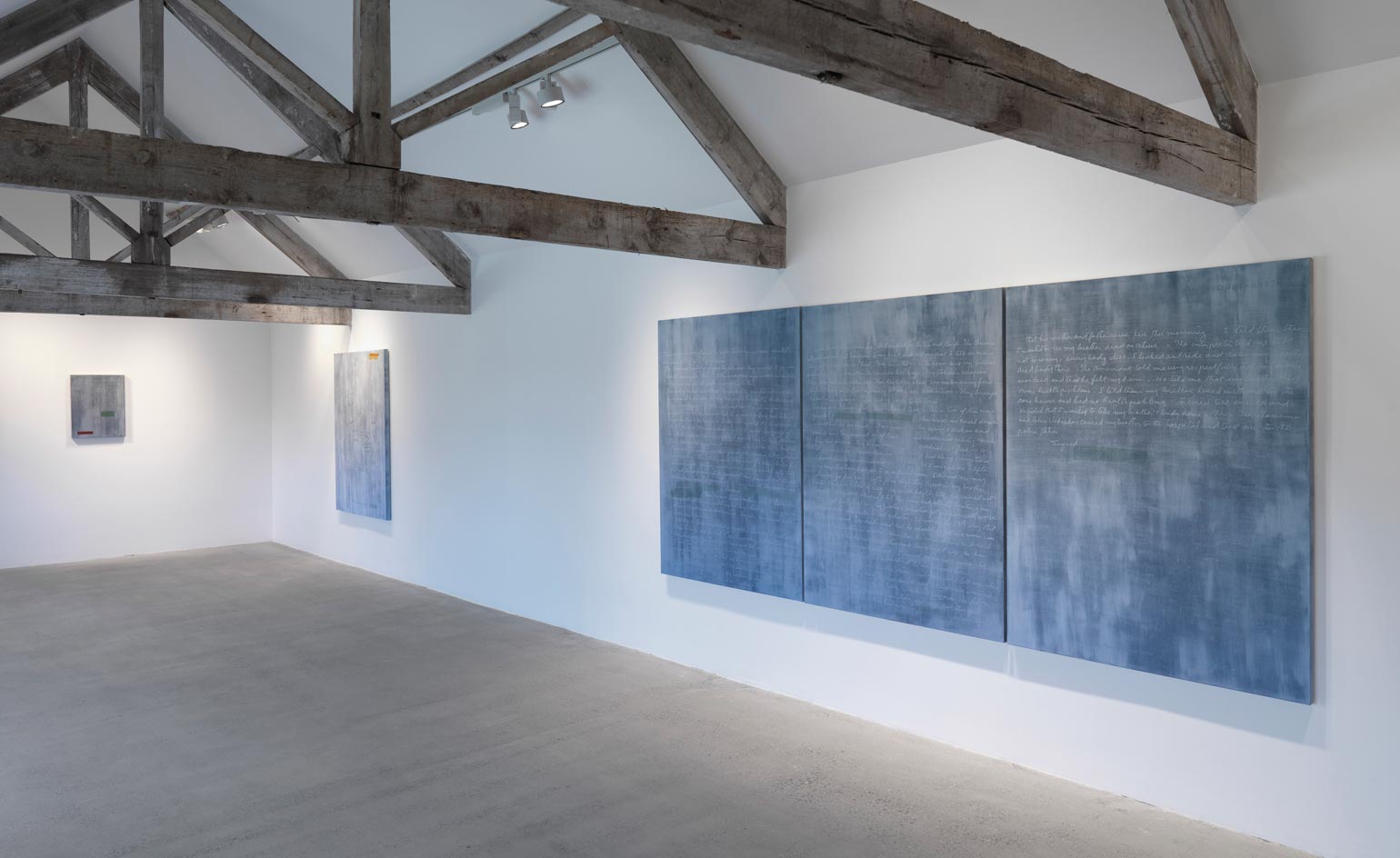
In the Rhoades Gallery can be found four stark black and white ‘redaction paintings’ from 2009 and 2010, which are derived from documents about waterboarding
ADDRESS
Hauser & Wirth Somerset
Durslade Farm
Dropping Lane
Bruton, Somerset
BA10 0NL
Receive our daily digest of inspiration, escapism and design stories from around the world direct to your inbox.
Based in London, Ellen Himelfarb travels widely for her reports on architecture and design. Her words appear in The Times, The Telegraph, The World of Interiors, and The Globe and Mail in her native Canada. She has worked with Wallpaper* since 2006.
-
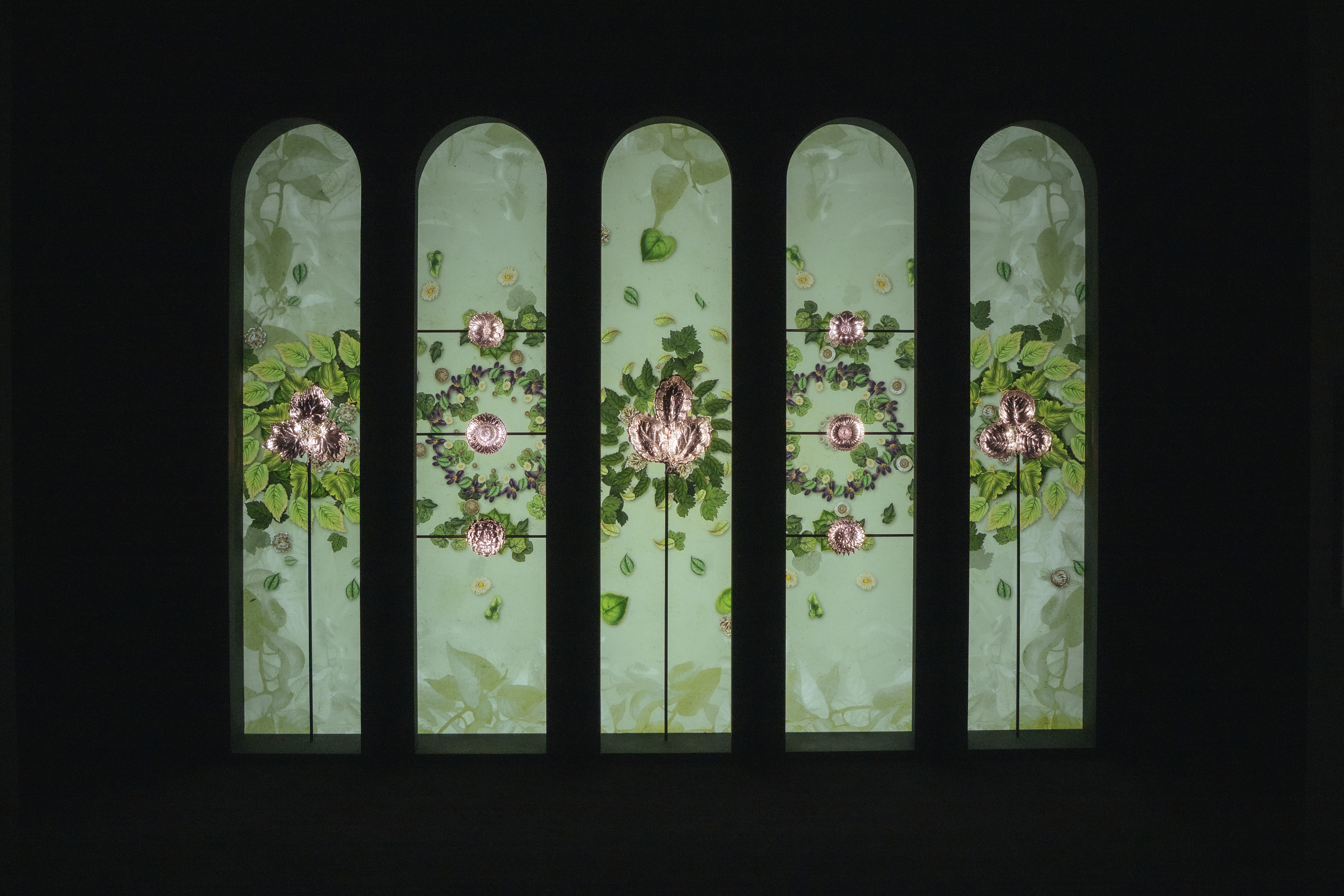 Dive into Buccellati's rich artistic heritage in Shanghai
Dive into Buccellati's rich artistic heritage in Shanghai'The Prince of Goldsmiths: Buccellati Rediscovering the Classics' exhibition takes visitors on an immersive journey through a fascinating history
-
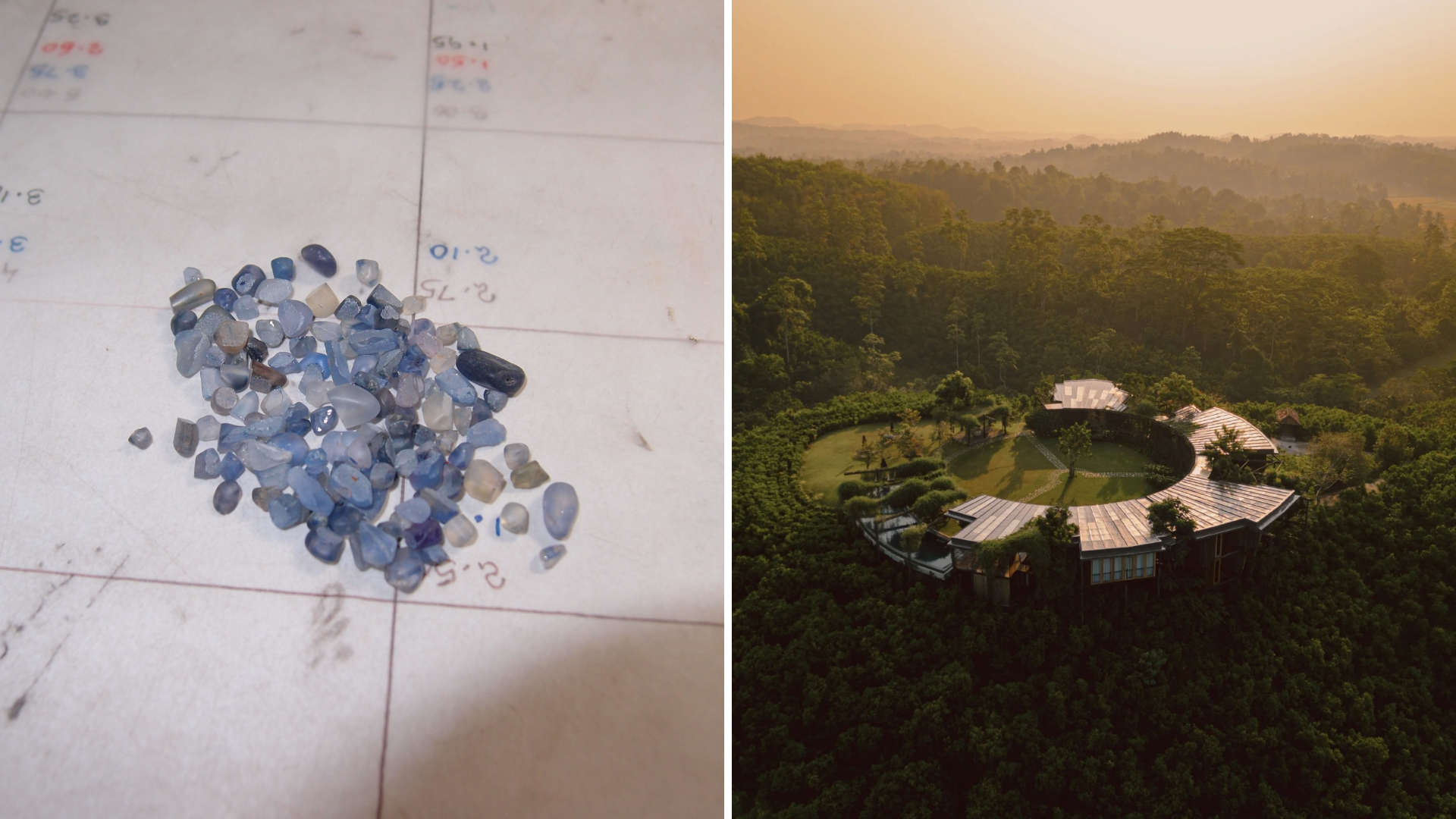 Love jewellery? Now you can book a holiday to source rare gemstones
Love jewellery? Now you can book a holiday to source rare gemstonesHardy & Diamond, Gemstone Journeys debuts in Sri Lanka in April 2026, granting travellers access to the island’s artisanal gemstone mines, as well as the opportunity to source their perfect stone
-
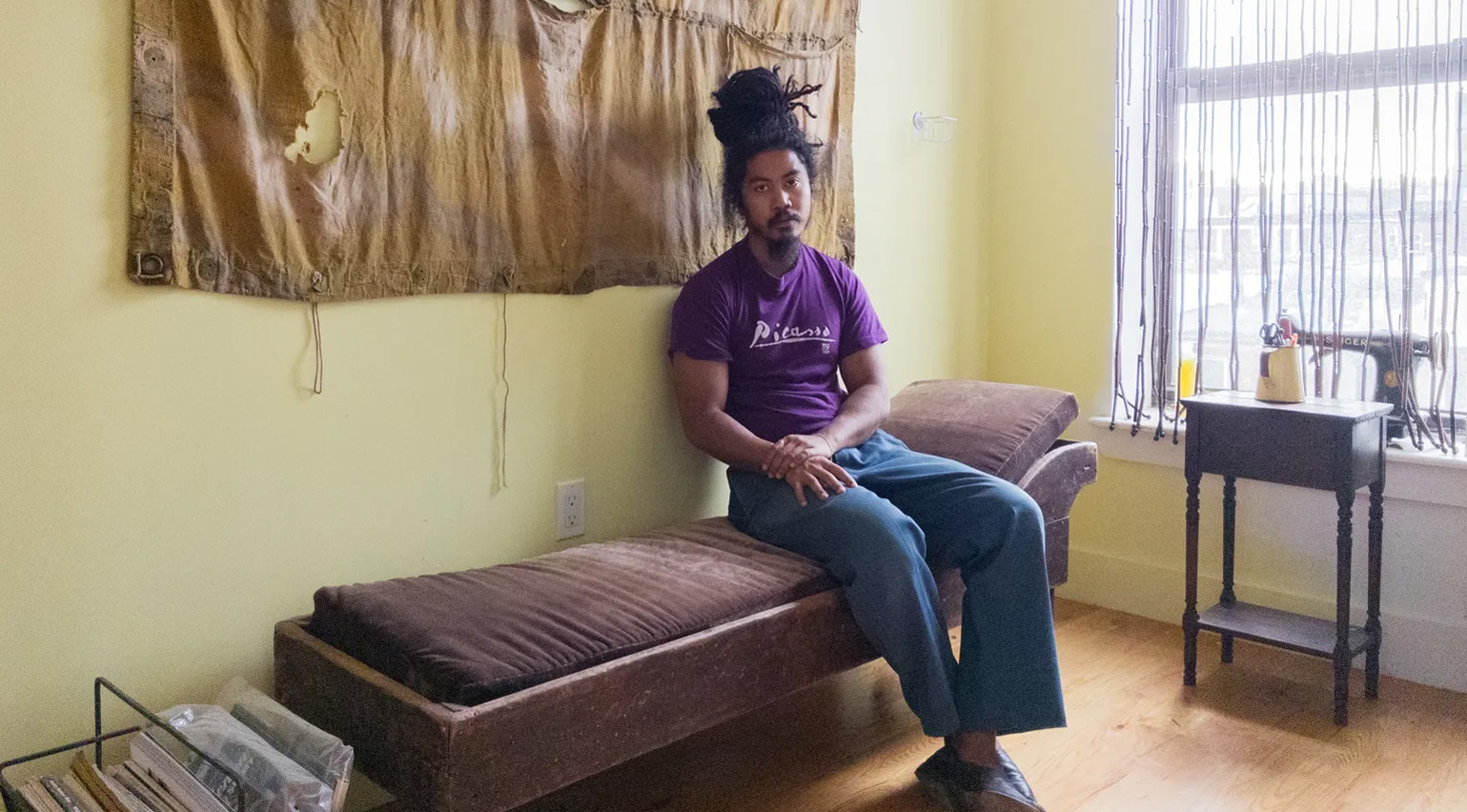 The rising style stars of 2026: Connor McKnight is creating a wardrobe of quiet beauty
The rising style stars of 2026: Connor McKnight is creating a wardrobe of quiet beautyAs part of the January 2026 Next Generation issue of Wallpaper*, we meet fashion’s next generation. Terming his aesthetic the ‘Black mundane’, Brooklyn-based designer Connor McKnight is elevating the everyday
-
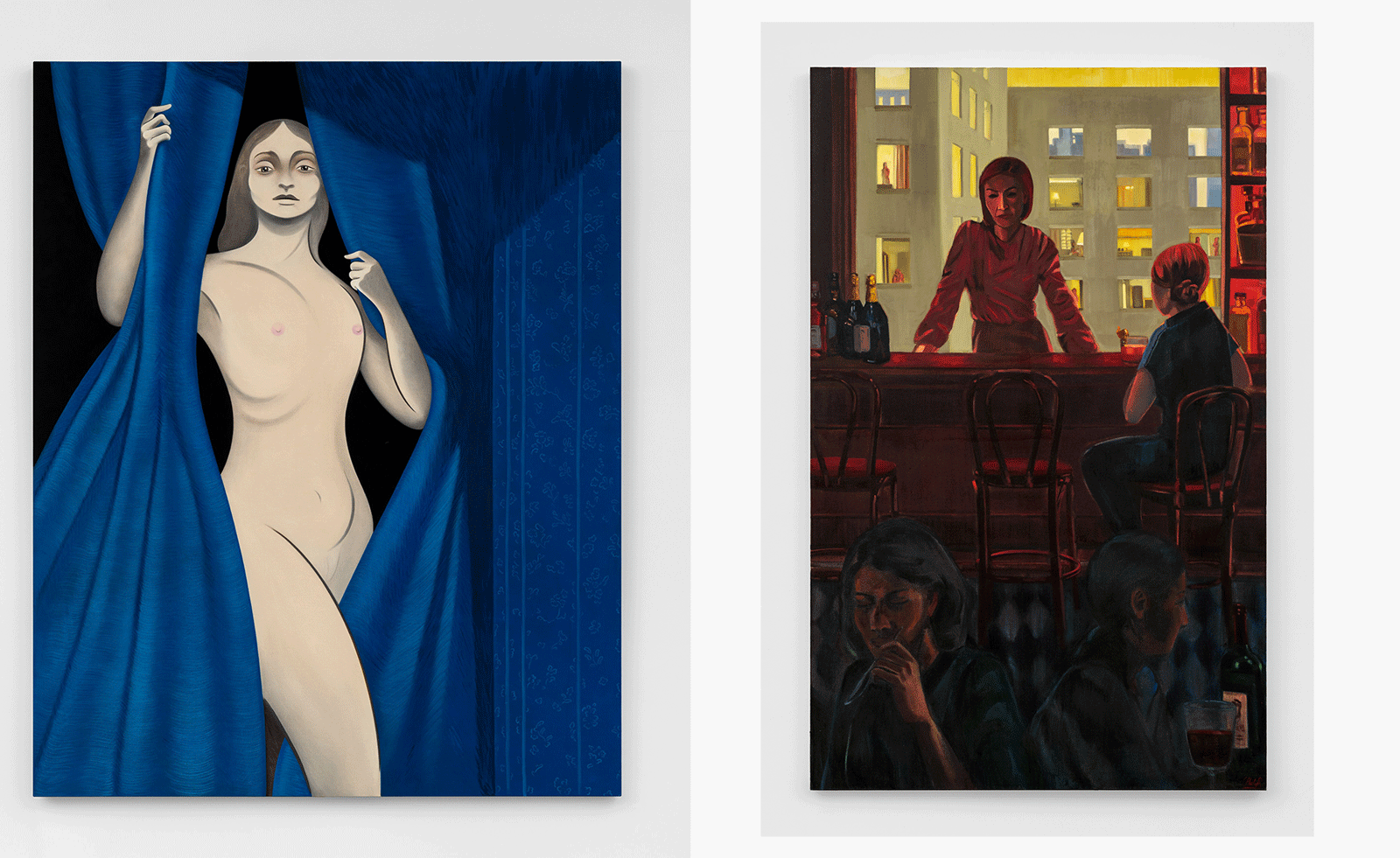 Artists imbue the domestic with an unsettling unfamiliarity at Hauser & Wirth
Artists imbue the domestic with an unsettling unfamiliarity at Hauser & WirthThree artists – Koak, Ding Shilun and Cece Philips – bring an uncanny subversion to the domestic environment in Hauser & Wirth’s London exhibition
-
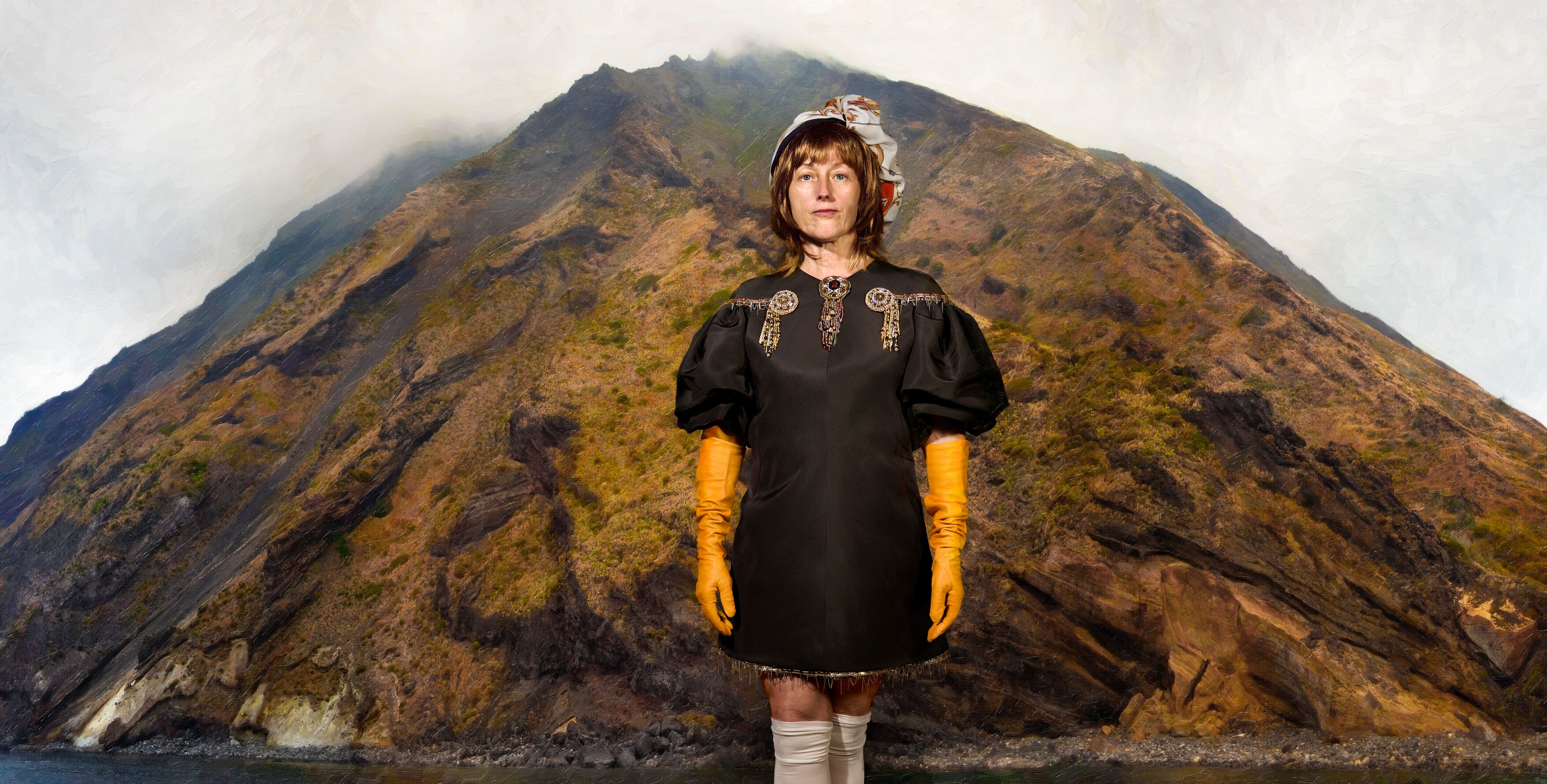 Cindy Sherman in Menorca: ‘She's decades ahead of social media and the construction of identity for the camera’
Cindy Sherman in Menorca: ‘She's decades ahead of social media and the construction of identity for the camera’‘Cindy Sherman: The Women’, its title a nod to an image-conscious 1930s Broadway hit, takes the American artist's carefully constructed, highly performative works to Hauser & Wirth Menorca
-
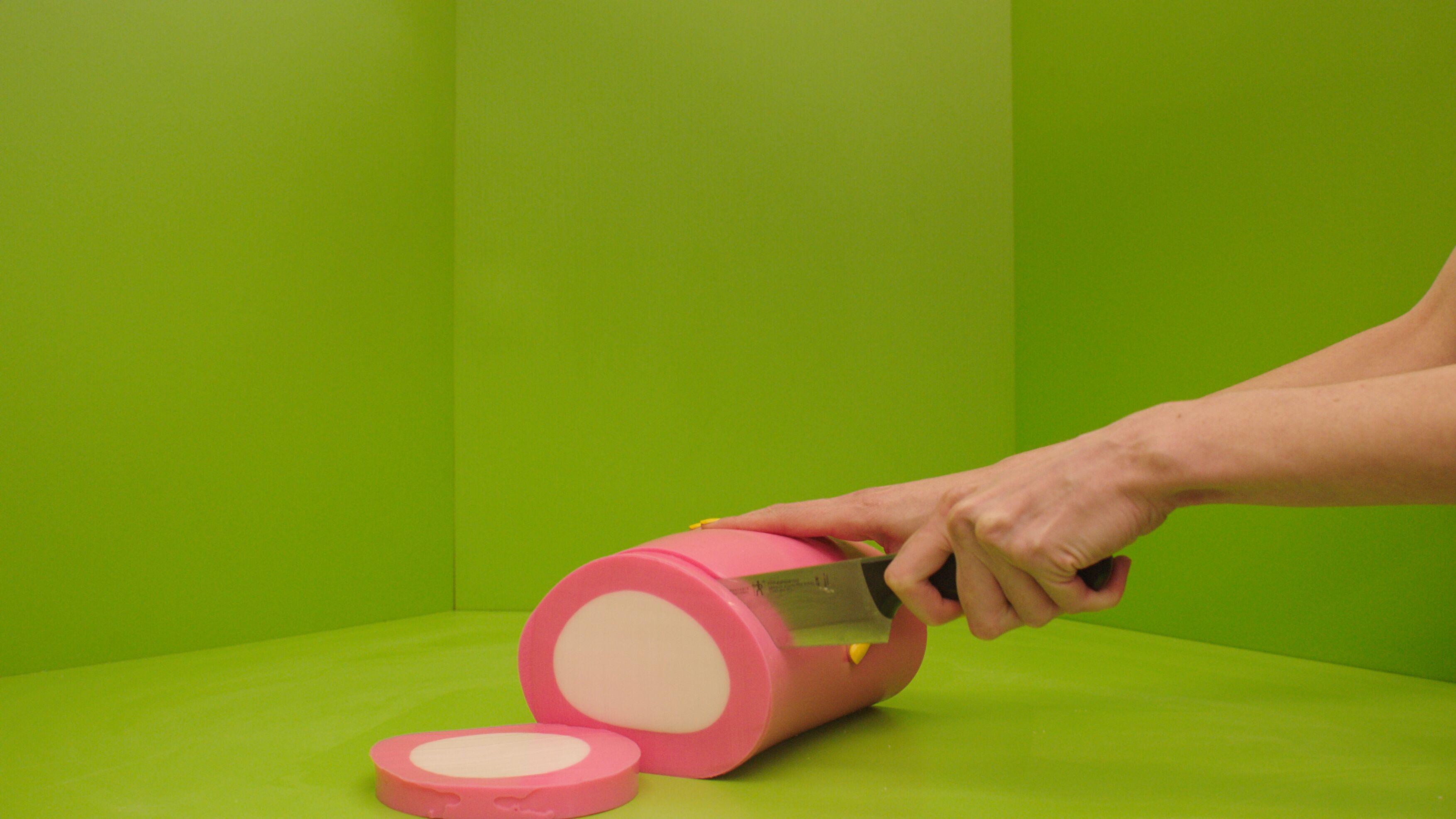 What is recycling good for, asks Mika Rottenberg at Hauser & Wirth Menorca
What is recycling good for, asks Mika Rottenberg at Hauser & Wirth MenorcaUS-based artist Mika Rottenberg rethinks the possibilities of rubbish in a colourful exhibition, spanning films, drawings and eerily anthropomorphic lamps
-
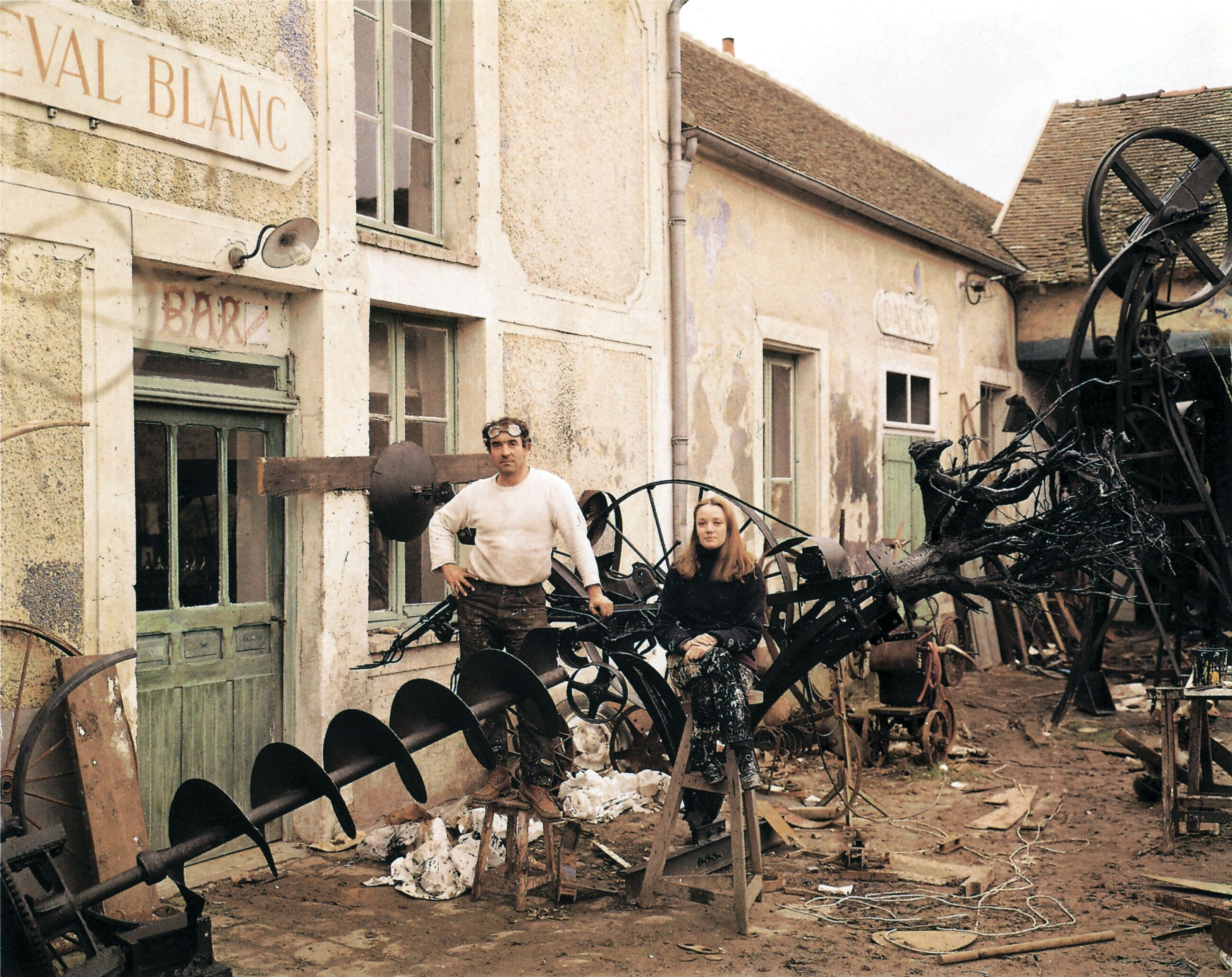 See the fruits of Niki de Saint Phalle and Jean Tinguely's creative and romantic union at Hauser & Wirth Somerset
See the fruits of Niki de Saint Phalle and Jean Tinguely's creative and romantic union at Hauser & Wirth SomersetAn intimate exhibition at Hauser & Wirth Somerset explores three decades of a creative partnership
-
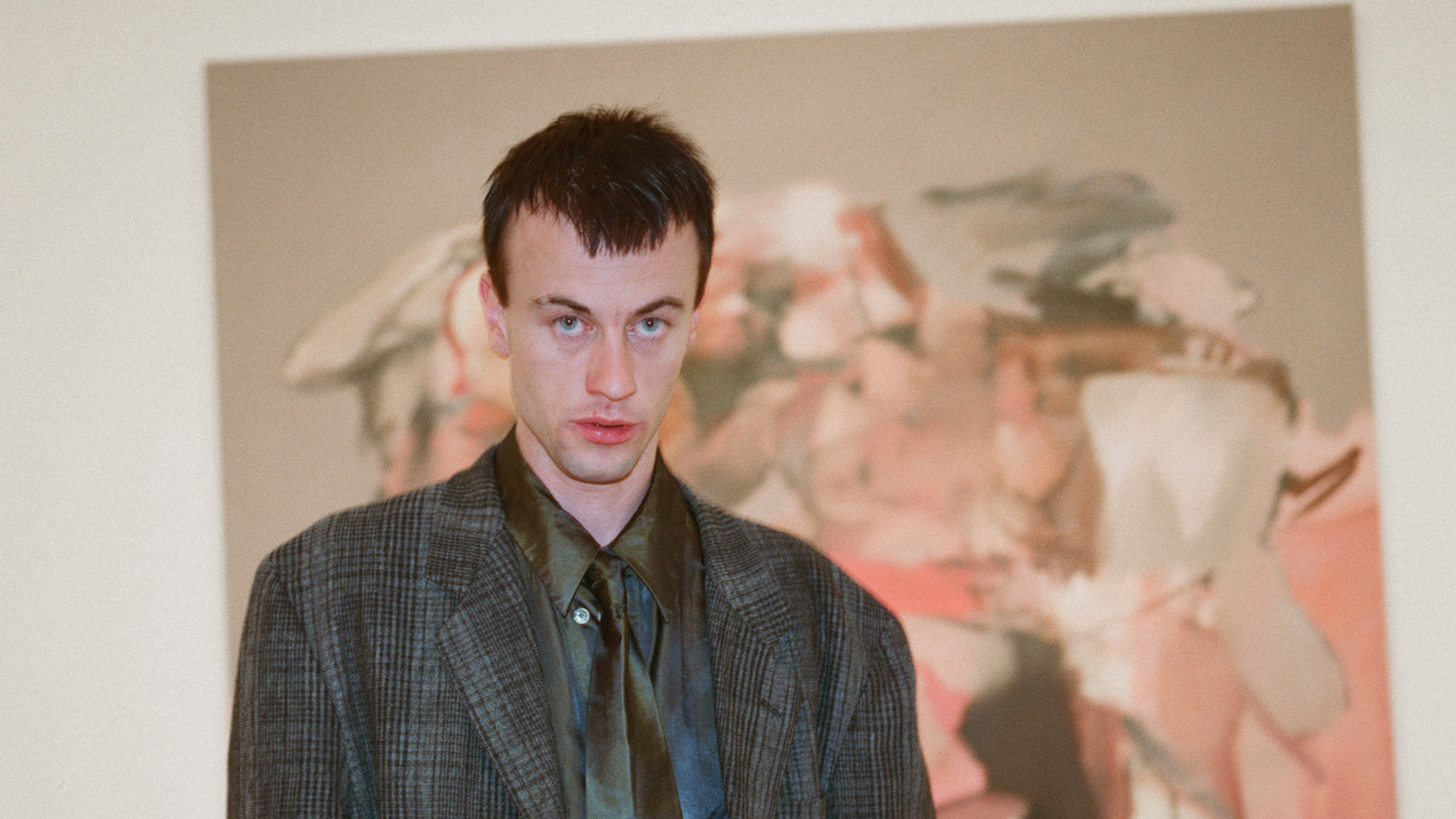 Inside the distorted world of artist George Rouy
Inside the distorted world of artist George RouyFrequently drawing comparisons with Francis Bacon, painter George Rouy is gaining peer points for his use of classic techniques to distort the human form
-
 Inside Jack Whitten’s contribution to American contemporary art
Inside Jack Whitten’s contribution to American contemporary artAs Jack Whitten exhibition ‘Speedchaser’ opens at Hauser & Wirth, London, and before a major retrospective at MoMA opens next year, we explore the American artist's impact
-
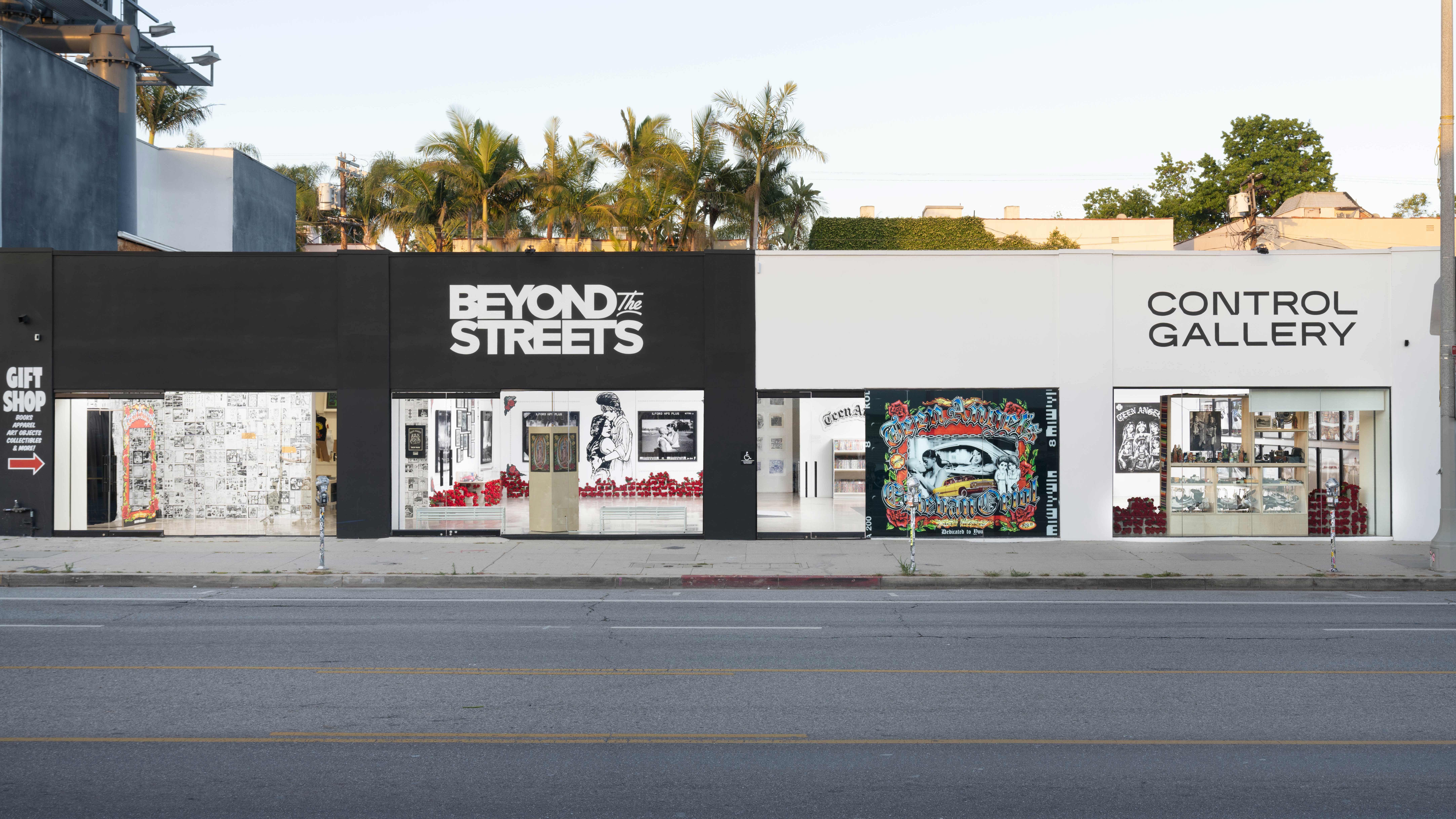 The lesser-known Los Angeles galleries contributing to a vibrant art scene
The lesser-known Los Angeles galleries contributing to a vibrant art sceneOutside of LACMA, MOCA and The Broad, these independent LA galleries are major players in the art world
-
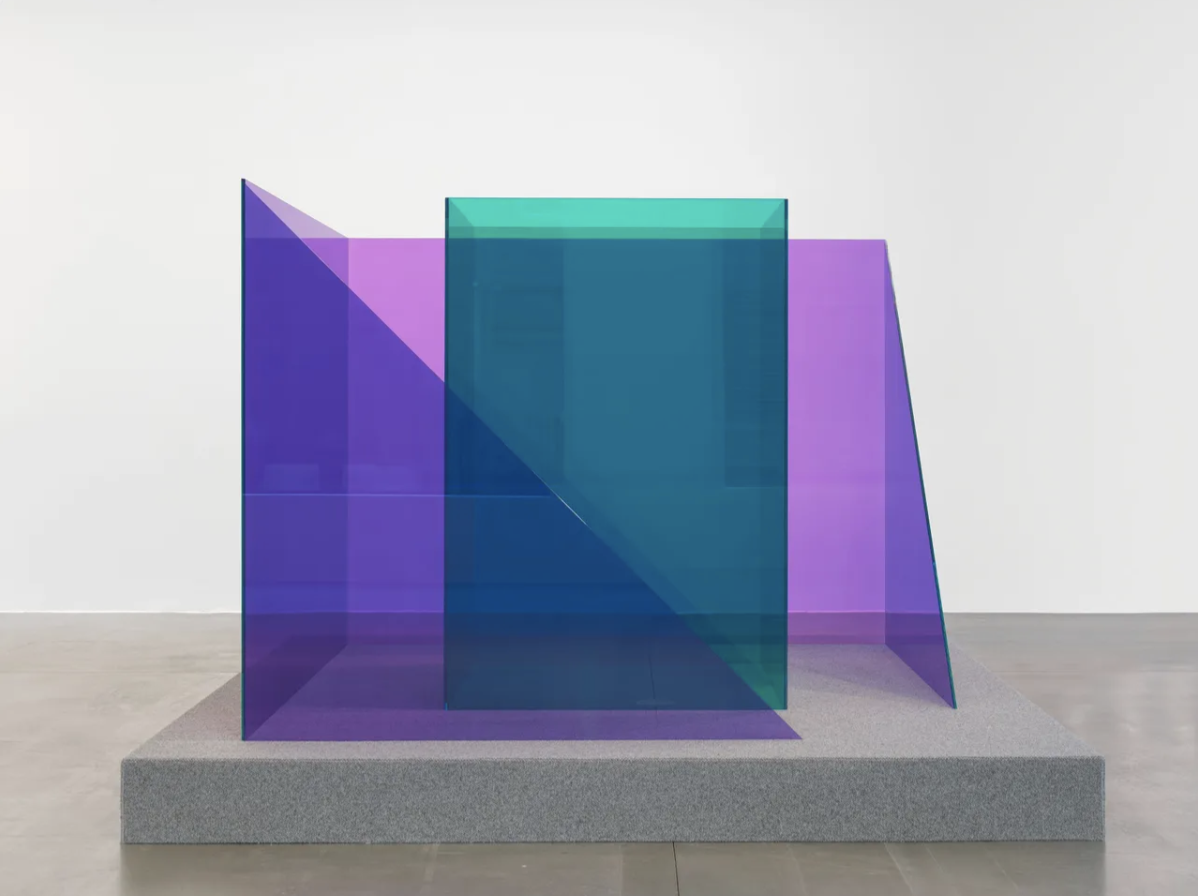 Larry Bell explores the ethereal nature of glass in Monaco
Larry Bell explores the ethereal nature of glass in MonacoLarry Bell's retrospective at Hauser & Wirth, Monaco, unites old and new work